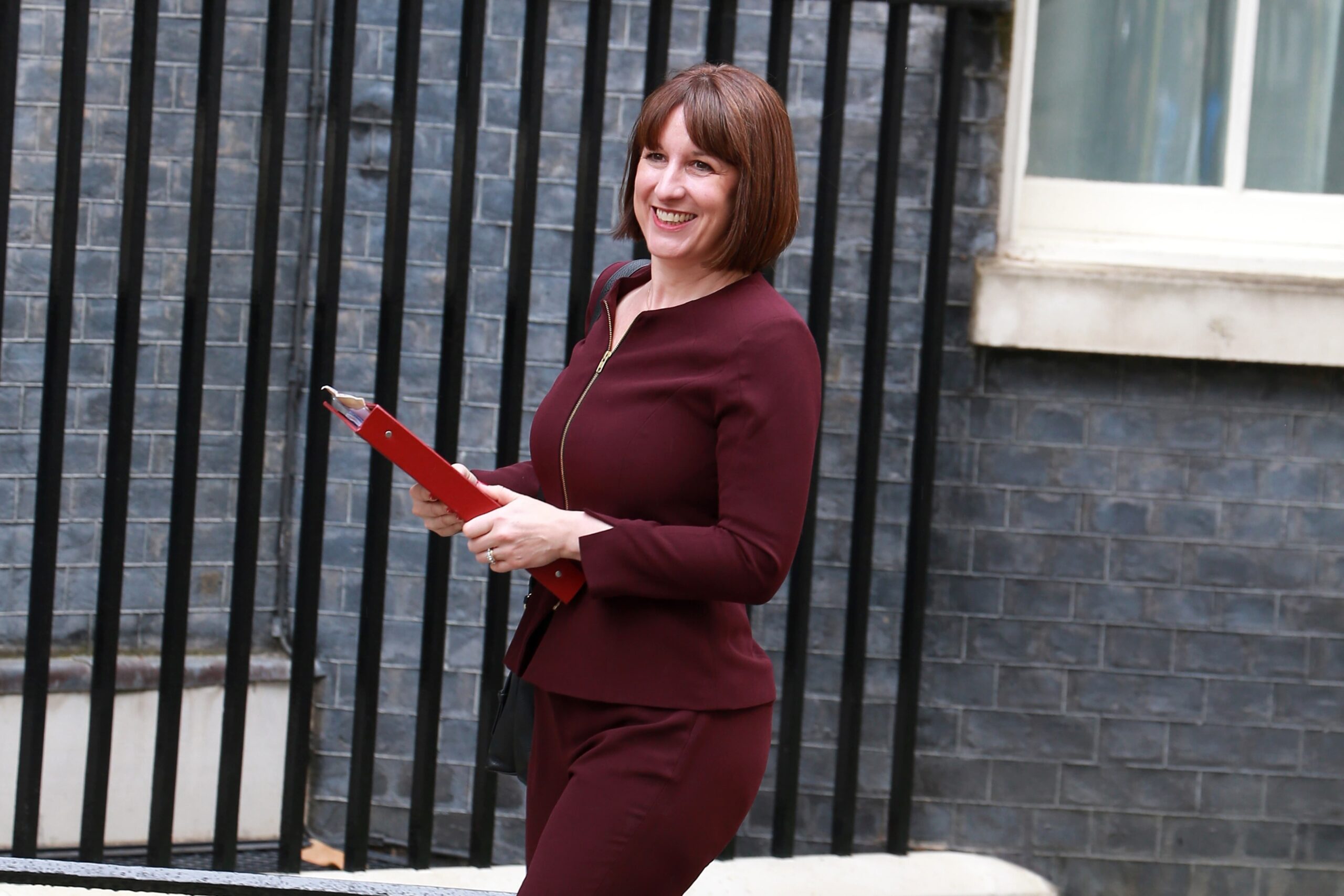
Average size of UK pension pot soars to £50k
Posted on: 10th April 2017 in
Pensions
The average UK pension pot has rocketed in value in two years to £50,000, according to research from financial providers Aegon. Behind the surge in saving is a new awareness of pensions amongst Brits brought about by the Government Pension Freedoms of 2015, in which a number of liberating measures were announced.
The research also shows that men continue to save roughly three times as much as women. Why? Reasons for the pensions gender gap often offered by experts include men earning higher salaries and receiving higher employer pension contributions, as well as women having less confidence in investment). See Table 1:
TABLE 1: Average Size of UK Pension Pot, 2015-2017
| YEAR |
Men |
Women |
Average |
| Spring 2015 |
£41,300 |
£16,700 |
£28,800 |
| Spring 2016 |
£49,200 |
£20,400 |
£35,614 |
| Spring 2017 |
£73,600 |
£24,900 |
£49,988 |
Source: Aegon, 2017
Consumers getting on top of Pensions
“Pension-awareness” is a big issue for consumers. We need to be aware of what our retirement is going to look like, so we the rest of our financial picture can be built around it. And, if we don’t even look at our pension situation – complicated though it may be – we can’t begin to tackle its complexities.
So it is good news that this research reveals that Brits are waking up to the importance of their pension:
- The Pension Freedoms of 2015 have resulted in a 5% increase in pension awareness.
- 3% of respondents in 2016 said that they knew they needed to plan better for their retirement, but had yet to take action – and this figure was up to 15.3% in 2017.
- One in seven Brits are putting more into their pensions as a result of the Pension Freedoms.
- The number of Brits who have done nothing to review their retirement plans has fallen by 15% between 2015 and 2017.
- One in five Brits have reviewed their pension plans in the last six months (21.7%).
- The average amount saved in ISAs has tripled from £7,682 in 2015 to £20,392 in 2017.
In terms of pension-awareness, the industry would always like to be doing better:
- One in five Brits who has a pension don’t know how much they are paying into it each month. This relatively high figure is thought to be down to the impact of auto-enrolment in pensions in the UK workplace, which resulted in automated saving processes.
- One in five Brits also say that they can’t begin to review their pension plans because they do not understand how to do so. 42.7% of 18-24 year olds said that they agreed with this view, which shows the pension industry how far there is to go when it comes to engaging successfully with millennials.
- Having not reviewed their pension plans at all, “ … a third of the population, some 14.8 million working age people, still confess that they have their heads buried in the sand.”
Confident about your retirement?
A quarter of the UK population expect to be still working full-time past the age of 65.
Almost a third are putting off the decision about what to do upon reaching State Retirement Age (SRA) until they get to it. From Aegon’s figures, it seems that roughly one in ten of us is very confident what our retirement is going to look like, a third of us have some sort of idea – and over half of us don’t have a clue. Congratulations if you number amongst the one in ten with firm plans in place.
So generally, as Brits, our retirement plans are newly reported to be hazy, and getting clearer. We are becoming more positive in our approach, although expectations of pensions remain unrealistic: the average annual retirement income aspired to this year by Brits is £32,270 – with the average entire pension pot last year being worth only £35k. We were more unrealistic in our aspirations last year, with a figure of £37,912 averaged as a preferred annual retirement income.
————————
Figures for this bulletin come from Aegon, the financial services provider, who produced the research from a representative sample of 2004 Brits taken in December 2016;
https://www.aegon.co.uk/content/dam/ukpaw/documents/readiness-report-2017.pdf




